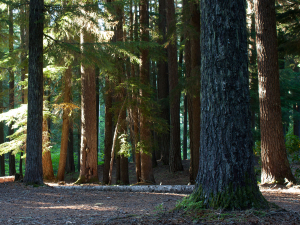Demand will rise for existing kiwifruit orchards as a result of Zespri granting its annual quota of new licences for the gold kiwifruit variety, claims a rural property salesman.
Stan Robb, of PGG Wrightson Real Estate, Te Puke, says demand for the licences has been keen.
“Zespri [says licences for] 700ha of gold kiwifruit and 50ha of organic gold have been issued for the 2019-20 growing season,” Robb says.
“With a total of 750ha of licences available, applications totalled 1848ha, so the offer was almost 2.5 times oversubscribed.”
About 54% of the allocated licences are for new developments. Growers paid a median price for the licences of $290,000+gst/ha.
“Many growers, in particular the larger ones, were planning to add to their current operations. But it appears that most of the new licences have gone to smaller developments,” Robb says.
“Those larger operators are growing green kiwifruit, planning to cut them over and graft the vines with the gold variety. Clearly, as they have not been granted licences, they will need to wait another 12 months to implement their plans and will likely bid higher to secure the 2020 licences.”
Premium orchards already growing gold kiwifruit are now selling for $1.2 million per canopy hectare, while high producing green kiwifruit properties are selling as high as $500,000 per canopy hectare.
Depending on locality, bare land blocks suitable for kiwifruit in Bay of Plenty are valued from $200,000 per hectare.
Robb says the unsatisfied demand for gold kiwifruit licences will hold the price for existing orchards.



















